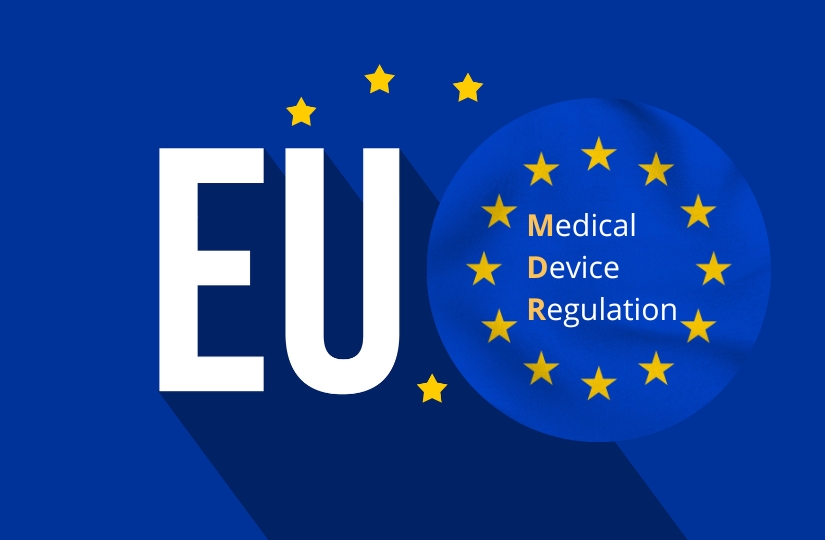OMC Medical
Regulatory Services
Subscribe
EU MDR
EU MDR, or the European Union Medical Device Regulation, is a new set of regulations that replaces the Medical Device Directive (MDD) and sets higher standards for medical device safety and quality. It applies to all medical devices sold or distributed in the EU and requires manufacturers to provide more extensive clinical data and post-market surveillance.
The EU Medical Device Regulation (MDR) is a regulatory framework that sets high standards of quality and safety for medical devices to meet common safety concerns regarding such products. The objective of the MDR is to ensure the smooth functioning of the internal market as regards medical devices, taking as a base a high level of protection of health for patients and users while considering the small- and medium-sized enterprises that are active in this sector.
The MDR harmonizes the rules for placing medical devices and their accessories on the Union market, allowing them to benefit from the principle of free movement of goods. It consists of 123 articles and XVII annexes.
To assess the conformity of medical devices and their associated technical documents with the requirements of the MDR, the manufacturer must engage a Notified Body. The Notified Body assesses the medical devices and associated technical documents and issues a CE certificate to show that the products assessed meet the requirements once the manufacturer has conformed to the relevant assessment criteria.
For low-risk medical devices, the manufacturer signs a Declaration of Conformity and applies the CE mark, either with or without the Notified Body number. This indicates that the medical device complies with the MDR requirements and can be placed on the market.
In summary, the MDR ensures a high level of protection of health for patients and users while allowing medical devices to benefit from the principle of free movement of goods in the EU market. Notified Bodies assess medical devices and associated technical documents for conformity with MDR requirements, and the manufacturer signs a Declaration of Conformity and applies the CE mark for low-risk devices.
Service we offer:
- Notified Body Communications for conformity assessment
- Device Classification and Re-classification
- Remediate Technical Documentation for MDD to MDR
- Conduct a comprehensive Gap assessment
- Authoring GSPR, PMS, PSUR, PMCF, PMCFR, CEP, and CER & Conducting in-depth literature review analysis for the generation of scientific evidence
- Author Risk Management files and reports
- Support to update manufacturer’s QMS in compliant with MDR
- AR Service Agreement Support
- Support in label & IFU including UDI Implementation
- Conduct a thorough analysis in the identification of applicable standards/regulations
- Create a regulatory strategy for the device conformity process (multi-market regulatory strategy)
Subscribe
Authorised Representative
A global authorized representative in medical device regulatory affairs is a person or entity appointed by a medical device manufacturer to act as their official representative in a particular country or region. This representative is responsible for communicating with regulatory authorities on behalf of the manufacturer and ensuring that the medical device meets all necessary regulatory requirements in that country or region.

The responsibilities of a global authorized representative in medical device regulatory affairs include:
1. Acting as the official point of contact between the medical device manufacturer and the regulatory authorities in a particular country or region.
2. Ensuring that the medical device meets all necessary regulatory requirements in that country or region.
3. Maintaining up-to-date knowledge of the regulatory requirements in that country or region.
4. Assisting with the preparation and submission of regulatory documentation.
5. Providing support during regulatory inspections or audits.
6. Ensuring that any changes to the medical device or its labeling are communicated to the regulatory authorities in a timely manner.
7. Monitoring and reporting any adverse events associated with the medical device to the regulatory authorities.
8. Ensuring that the manufacturer’s quality management system is compliant with applicable regulations in that country or region.
9. Facilitating communication between the manufacturer and local distributors or importers, as necessary.


